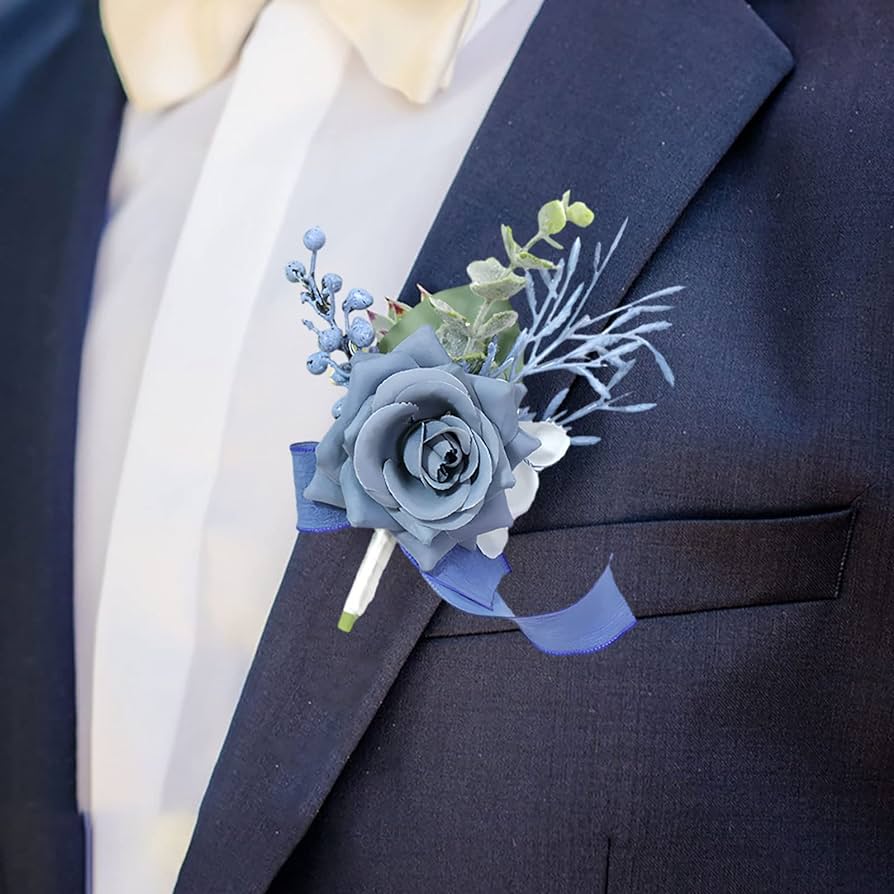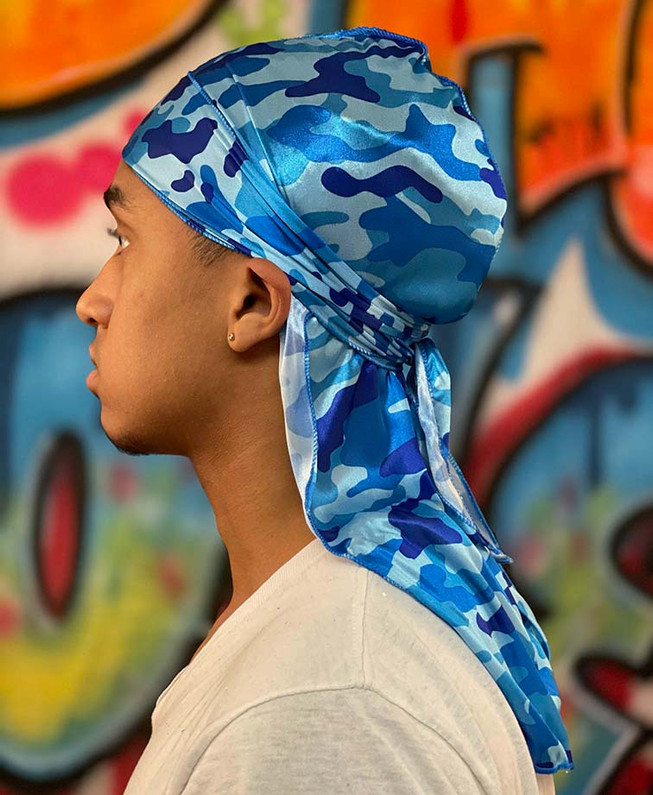The boutonniere (boo-tahn-ˈyer), which is also understood as the buttonhole for English-speaking Brits, complements formal attire and gives it a certain elegance. This small floral decoration, or the one bloom of the flower, is remove from a lapel while men wear it on their tuxedo or suit jacket. Originating in 17th-century Europe, the pocket boutonniere is most commonly associated with weddings and proms, It can also be suitable for various types of black-tie occasions.
Corsage vs. Boutonniere: Participants made a distinction between abstract and concrete ideas, using a concrete idea to help participants understand the difference.
Corsages and boutonnieres are essentially floral arrangements, yet they serve distinct functions. Corsages, typically worn by females, consist of a small collection of flowers and are pinned to the wrist or shoulder. On the other hand, boutonnieres, worn exclusively by men, are attached to the jacket’s lapel.
Here’s a table summarizing the key differences:
| Feature | Corsage | Boutonniere |
|---|---|---|
| Worn by | Women | Men |
| Placement | Wrist or shoulder | Lapel of a jacket |
| Style | Small bouquet of flowers | Single flower or bud |
Choosing the Perfect Boutonniere for Your Event
An ideal boutonniere is chosen to complement your tuxedo or suit, match the type of occasion, and suit the formality of the event.
Here are some factors to consider when choosing a boutonniere:
- The Occasion: For a wedding, people mostly use only nonet trend flowers, such as roses, lilies, or orchids, which symbolize class and elegance. For prom or any other formal occasion, people might use fashionable colors or organizational florals.
- The Suit/Tuxedo: Like the suit or tuxedo, the pocket boutonniere should have the same color and being style in a manner that matches the occasion. Wearing a black or a very dark colored suit, one would probably need a boutonniere of a lighter hue, and if the suit worn is of a light color, then one might need something darker on the lapel.
- The Bride’s Bouquet: When going for a wedding, it is appropriate to select on a boutonniere flower that can match the flowers used by the bride in her bouquet.
- Personal Style: Durante todo o dia, nao se coivam de mostrear a personalidade. It is also important to make a flower that has a special meaning to you or a flower color that you most prefer.
DIY Boutonniere: The following is the detailed steps on how to:
It is enjoyable and easy to make your own boutonniere, which is also equally appropriate. Here’s what you’ll need:
- Baker’s blade or scissor
- Floral tape
- Floral wire
- Corsage pins
- One flower or one or two sepals with the stamen and pistil but without petals and without anyone of the leaves or a solitary blossom or yield.
- Foliage (optional)
Steps:
- Prepare your flower: With a pair of sharp scissors, trim the flower stem leaving the flower to a preferred shorter size, frequently around 2-3 inches. Using a small sharp knife cut an angel at the base of the stem on the diagonal. On the lower part of the stem, you should trim any leaves that are protruding and unnecessary.
- Wrap the stem: Secure floral tape at the bottom of the stem and work it up leaving the top of the flower part exposed. Bring the tape a little bit over the previous piece to cover well and have a tight and clean look.
- Add greenery (optional): If using greenery, take a smaller portion of that and place it near the flower stem. Twist it and attach the rose head into the stem wrapped with the floral tape.
- Attach the floral wire: Take a floral wire, and create a small U-shape using it. Slide the U-shaped part of the indicator into the base of the taped stem so that it fixes in place properly.
- Attach the corsage pin: Pass through the corsage pin through the floral tape and the loop of the wire so that the it should be in a secure position.
- Finishing touches: Tilt the flower petals lightly and reposition the boutonniere in the best manner possible in order to have symmetry.
Tips:
- To make your boutonniere last, wrap the base of the stem with wet paper and place the boutonniere in the fridge until it is time to wear it.
- Select flowers that you have not tried before, combine colors as well as greens differently to make a beautiful boutonniere.
- It might be best to fix the boutonniere in a small vase or a floral pick to wear it before the occasions.
Frequently Asked Questions (FAQs) about Boutonniere
- Who wears a boutonniere? Men put boutonnieres on the lapel of their tuxedo or suit jacket as part of formal wear.
- On which side of the tuxedo do you wear a boutonniere? Traditionally, people pin the boutonniere on the left lapel in many different Western cultures.
- Can I wear boutonniere in non-formal occasion? Although usually related to tuxedos, one can accessorize a blazer or sports jacket for a dinner and look semi-formal with a boutonniere.
- How do I care for a boutonniere? Keep this cool and hydrated by storing it in the refrigerator and misting the flower petals occasionally.
- Can one can reuse a boutonniere? People can wear a it a few times, depending on the kind of flower used.


